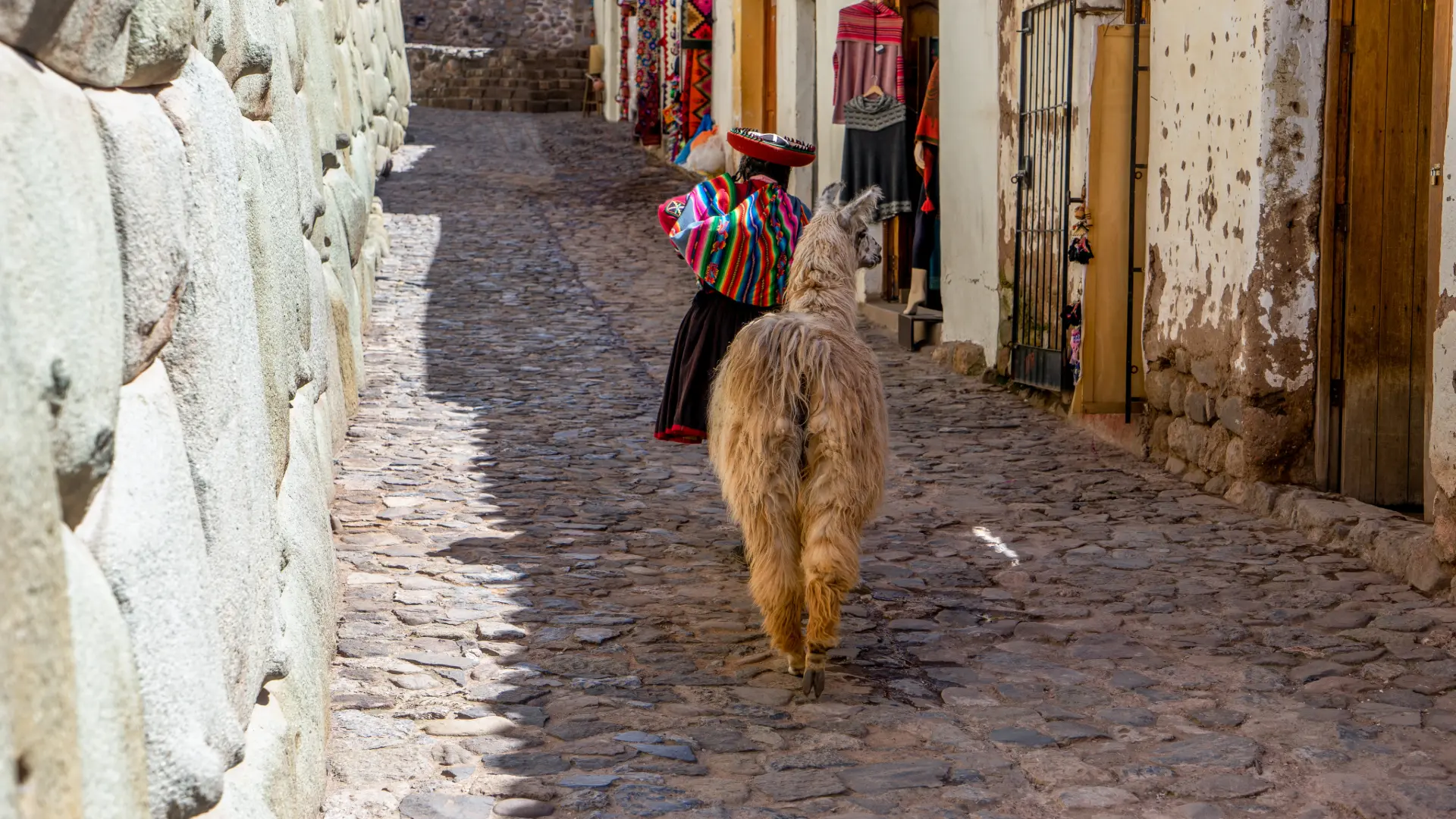The Inca transportation system was one of the most remarkable achievements of the ancient world. Spanning the vast Andes, this network of roads, bridges, and pathways connected the heart of the Inca Empire without the use of wheels or horses. Instead, the Incas relied on human ingenuity, llamas, and a brilliant system of organization that ensured swift communication and transport across thousands of miles.

Roads of the Inca Empire: The Qhapaq Ñan
At the core of the Inca transportation system was the Qhapaq Ñan, or “Great Inca Road.” This vast network stretched over 25,000 miles, crossing deserts, snow-capped peaks, and lush valleys. The Inca road system connected major cities like Cusco, the empire’s capital, with remote provinces, ensuring unity across an enormous territory.
These Andean roads were crafted with remarkable precision, often paved with stone and designed with excellent drainage systems to withstand heavy rains. Rest stops known as tambos were strategically placed along the routes, offering food, shelter, and storage for travelers and messengers.
Travelers had to face the challenges of altitude and rugged terrain. The altitude sickness was a real concern, yet the Incas’ engineering mastery minimized the hardships. The roads also linked sacred sites such as Machu Picchu, demonstrating how the empire blended practicality with spirituality.

Foot Messengers and Llamas: The Backbone of Inca Mobility
Since the Incas lacked wheeled vehicles, they developed an ingenious system of human and animal power. The Inca messengers, known as chasquis, and their loyal llamas became the lifeblood of the Inca transportation system.
Llamas carried goods and supplies along mountain trails, perfectly adapted to high altitudes and narrow paths. Meanwhile, the chasquis, trained runners stationed at intervals, relayed messages across the empire using a relay system. They carried quipus, cords with intricate knots that served as both record-keeping and communication tools.
This seamless coordination between chasquis and llamas kept the empire connected. Agricultural centers like Moray in the Sacred Valley relied on this system to distribute crops and innovations across the region, strengthening the empire’s agricultural and economic power.

Bridges and Engineering Marvels: Connecting the Andes
The Inca road system extended through some of the most challenging terrains on Earth. To overcome rivers, canyons, and mountains, the Incas constructed an array of bridges, stairways, and tunnels. Their most famous structures were the Inca rope bridges, woven from ichu grass and strong enough to carry travelers and caravans across deep gorges.
Some of these traditional suspension bridges are still rebuilt today by local communities, preserving the techniques passed down for centuries. Alongside these bridges, finely carved stone steps and tunnels cut through cliffs, allowing for efficient and safe travel.
The Incas also showed an advanced understanding of sustainability. Their roads were built with respect for nature, minimizing environmental impact and working with the land’s natural contours. Their harmony with the landscape ensured that parts of the Qhapaq Ñan still survive to this day.

Walking the Inca Trails Today
Today, travelers can still walk parts of the legendary Qhapaq Ñan. Many modern trekking routes follow the ancient Inca roads that once connected the empire. The Rainbow Mountain Tour offers breathtaking views of Andean pathways, while the Maras Moray Tour reveals agricultural ingenuity that was made possible by this road network.
Exploring these routes is more than just an adventure, it’s a journey through time. The Inca transportation system reflects the empire’s brilliance in organization, engineering, and sustainability. Walking these paths today means following the footsteps of a civilization that mastered the mountains.
Plan your adventure with Magical Cusco Travel Agency and experience the living legacy of the Inca Empire through its roads, bridges, and breathtaking landscapes.

